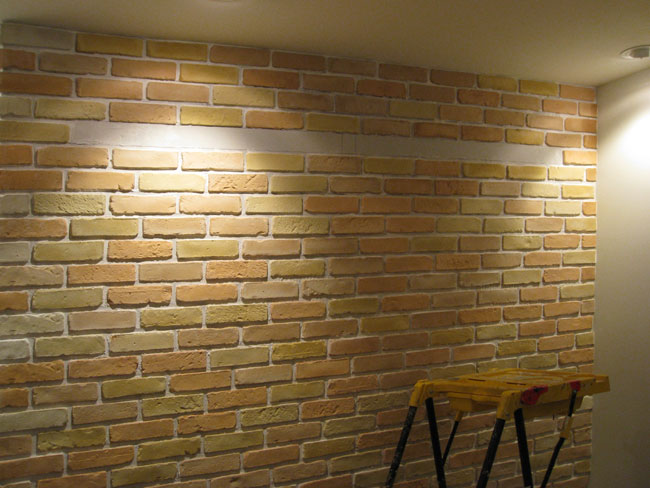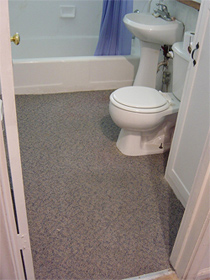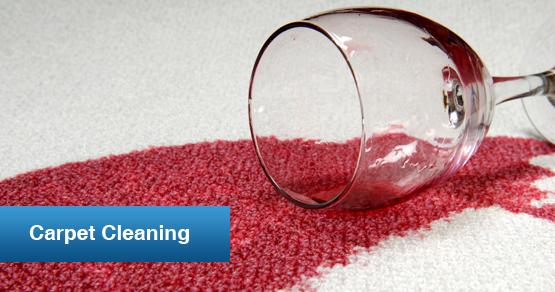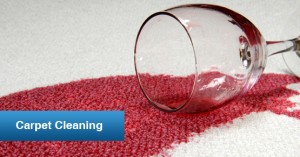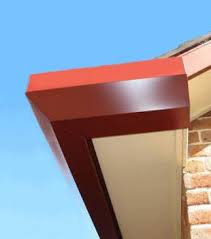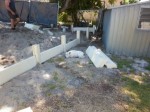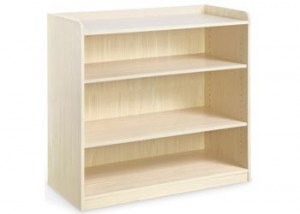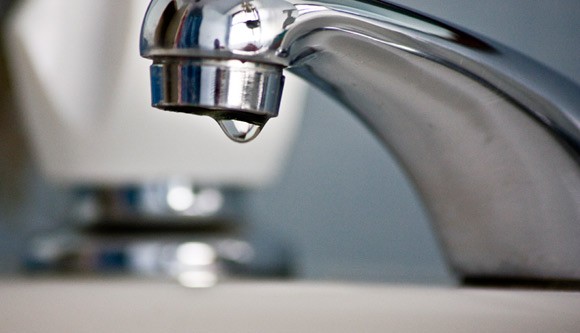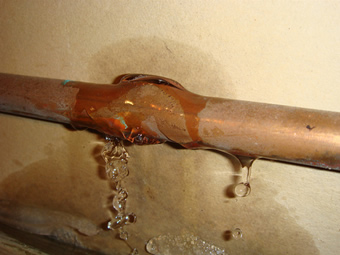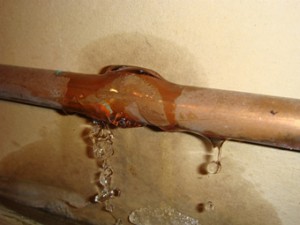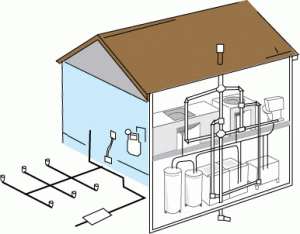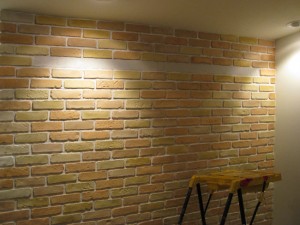 With the fashion for renovating old houses has come an appreciation of the decorative value of traditional surfaces like brick and sandstone. But stripping a wall back to its original brick is fraught with hazards. As well as the fuss and mess, there is the risk of disappointment if the wall is made of odd or unattractive bricks – after all, it was never intended to be seen without its plaster covering. The best way to have an exposed brick wall or room is by using artificial brick tiles. These come in an attractive array of brick finishes and can be used on almost any clean surface, indoor or out. Wallpaper surfaces should be stripped before the brick tiles are applied and unsealed surfaces need a coat of sealer. Gloss surfaces should be sanded back or treated with de-glossing liquid. Once the surface is clean, dry and free of dust, grease and wax, you can apply brick tiles.
With the fashion for renovating old houses has come an appreciation of the decorative value of traditional surfaces like brick and sandstone. But stripping a wall back to its original brick is fraught with hazards. As well as the fuss and mess, there is the risk of disappointment if the wall is made of odd or unattractive bricks – after all, it was never intended to be seen without its plaster covering. The best way to have an exposed brick wall or room is by using artificial brick tiles. These come in an attractive array of brick finishes and can be used on almost any clean surface, indoor or out. Wallpaper surfaces should be stripped before the brick tiles are applied and unsealed surfaces need a coat of sealer. Gloss surfaces should be sanded back or treated with de-glossing liquid. Once the surface is clean, dry and free of dust, grease and wax, you can apply brick tiles.
For realism, use full wall heights and consider using more than one wall face. When measuring, allow for waste by measuring each wall in full meters. Each carton of tiles specifies how many square meters it will cover and your supplier will tell you how much mortar and adhesive to use with your quantity of tiles.
The tools you require are a spreader for the adhesive, a mortar brush, a sharp knife for cutting heated tiles, plus a small sheet of metal about 1m x 2m. You’ll also need something to heat the bricks up with,
To curve bricks or bend them around corners, heat them on the metal plate suspended about 30Omm over a small electric radiator turned on its back. This softens the tiles making them easy to cut with a sharp knife, a little like cutting bread dough. Be very careful when carrying out this operation- A portable type gas torch is recommended for heat melding any external corners.
To apply the bricks, lay them out as directed by the manufacturers, adjusting the mortar joints (distance between each brick) so you end up with an even course -of bricks at top and bottom-. Use a stick, cut to the width of the joint required, to help keep joints evenly spaced.
Use a notched spreader or putty knife to spread a thin coat of adhesive along the top of the wall, covering enough space to accommodate two rows of bricks (called courses). Also spread adhesives down the left hand side of the wall and one brick width.
Spread adhesive on the back of several bricks. Press them firmly into place where you have applied the adhesive to the wall. Wiggle the brick slightly in the adhesive to bed it firmly. Use your stick to check the joints between bricks. Work all the way across the top then do the second row, starting with a half brick on the left-hand side so the tiles alternate like real brickwork. When the second row is complete come back and alternate with a full brick and half brick down the left hand side where you have spread the adhesive. When you have these vertical and horizontal rows completed, check that the rows will come out even and adjust the mortar joints if necessary white the bricks will still slide. Covering about 1 to 2 square meters at a time with adhesive continue working under the top courses, adding three or four courses at a time then spreading more adhesive and so on.
If the wall is a long one you can keep the courses level by stretching a string line across the area, attaching it to nails driven into the wall, and hooking a line level onto it. When the bubble is centred on the level, you know the string is level and you can then line up courses of bricks with the string.
Once the bricks are all fixed to the wall and evenly spaced you can apply the mortar. Refer to your manufacturer’s instructions as to how long you should wait for adhesive to dry before proceeding.
If the mortar joints need smoothing, crease along them with a wet finger or mortar brush to even them out. See the Bricks & Masonry section for how to rake your joints if this is the effect you want.
In extreme conditions, such as commercial premises or where there is a lot of grime and pollution, the surface may be sealed with a low-glaze sealer, sprayed or brushed onto the surface.
